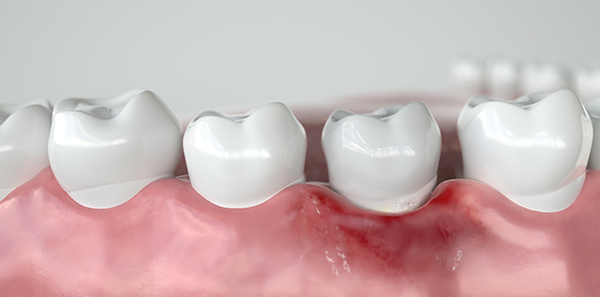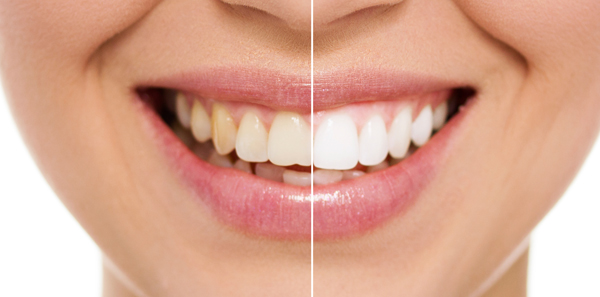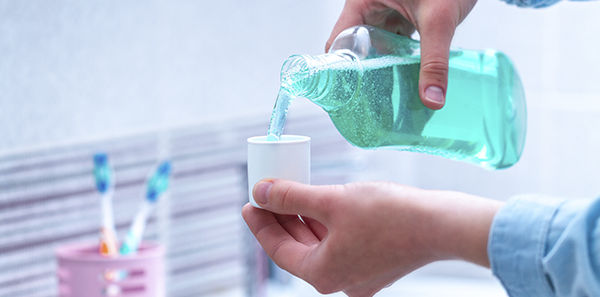
Tooth mobility is a clinical sign that may reflect the degree of periodontal destruction caused by localised infections in the gums and the structures surrounding the teeth (ligaments and alveolar bone) and providing support and stability; these infections are produced by bacteria originating in bacterial plaque.
Generally speaking, there is a small amount of physiological mobility in the front teeth (uniradicular) and less in the back teeth (multiradicular). When tooth mobility exceeds normal limits, this is a sign of disease.
In general, tooth mobility increases due to a reduction of the stabilising elements in the periodontium or because of an increase in the magnitude of the forces acting on the teeth combined with a diminished periodontium.
Gingivitis is an early stage of gum disease, an inflammation of the tissues surrounding the teeth and caused by bacterial plaque. At this stage the disease is reversible.
Periodontitis is the advanced form of gum disease, a major cause of tooth mobility and loss in adults. Teeth appear to be longer as the gum and bone recede.
These gum diseases may, or may not, cause pain, redness and inflammation, bleeding, bad breath, abscesses and tooth mobility.
Causes of tooth mobility:
- In patients with poor oral hygiene, when bacterial plaque is not removed it hardens and tartar is formed, damaging the gums and becoming impossible to remove with a toothbrush. This means that dental hygiene, tooth brushing, flossing, interdental brushing and removing dental tartar early on (by cleaning at the dentist) can all halt the advance of periodontal ligament and bone destruction, preventing tooth mobility.
- Advanced cases will require deeper cleaning, scraping, root planing or flap surgery with or without bone and tissue graft, in other words, more advanced periodontal treatments.
- The incorrect position of the teeth causes incorrect occlusions, which, combined with poor hygiene, can lead to situations in which the periodontium may be affected, producing increased tooth mobility. This means that occlusal adjustments will need to be performed to prevent premature contacts of the teeth, in addition to the periodontal treatment.
- Teeth grinding (bruxism), especially during sleep and without the patient being aware they are doing it, although it can occur at any time of the day, when combined with a periodontal problem, may cause tooth mobility. In these cases, a dental night guard may be useful.
- Missing teeth cause other teeth to become badly positioned, causing premature or abnormal contacts between teeth, which, combined with a gum problem, can lead to tooth mobility.
Knocks or injuries can cause tooth mobility and even tooth loss.












